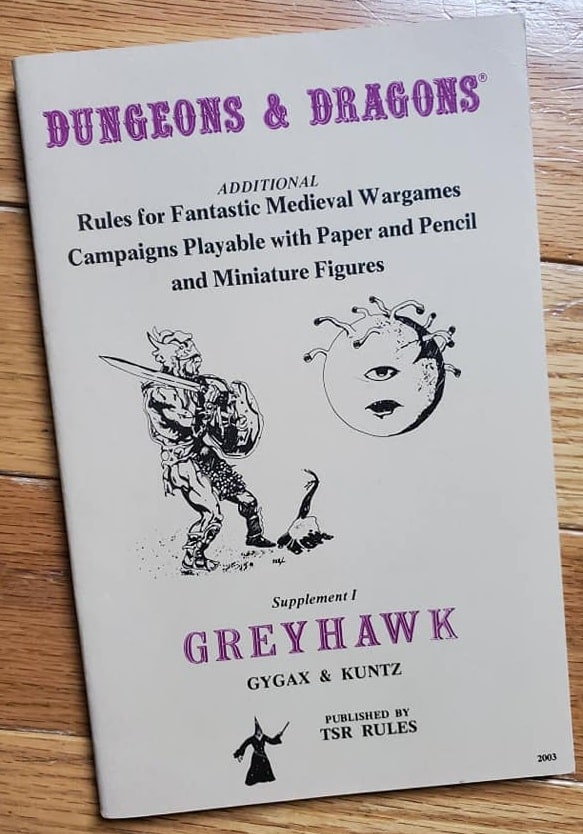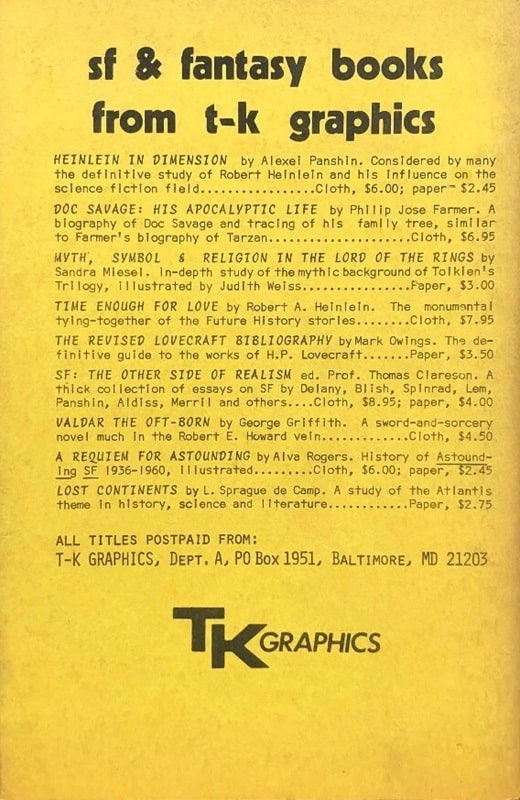Tor Doubles #12: Roger Zelazny’s He Who Shapes and Kate Wilhelm’s The Infinity Box

Cover for The Infinity Box by Royo
He Who Shapes was originally serialized in Amazing Stories between January and February, 1965. It won the Nebula Award, tying with Brian W. Aldiss’s The Saliva Tree, which appeared as half of Tor Double #3. He Who Shapes is the first of three Zelazny stories to be published in the Tor Doubles series. Zelazny’s original title for the story was The Ides of Octember, which was changed before its initial publication. He eventually expanded the novella to the novel length The Dream Master and the original title was used on the story when it was reprinted in 2018 in the collection The Magic.
The story focuses on Charles Render, a neuroparticipant therapist, and drops the reader into a session, in which Render is creating a reality for his patient, in which the patient is Julius Caesar in a world in which the assassins kill Marcus Antonius while Caesar/the patient longs for martyrdom. Following the session, Zelazny introduces Render and his techniques to the reader in a manner which leaves no room to doubt that Render may be adept and the technical part of what he does. But his bedside manner leaves much to be desired.










